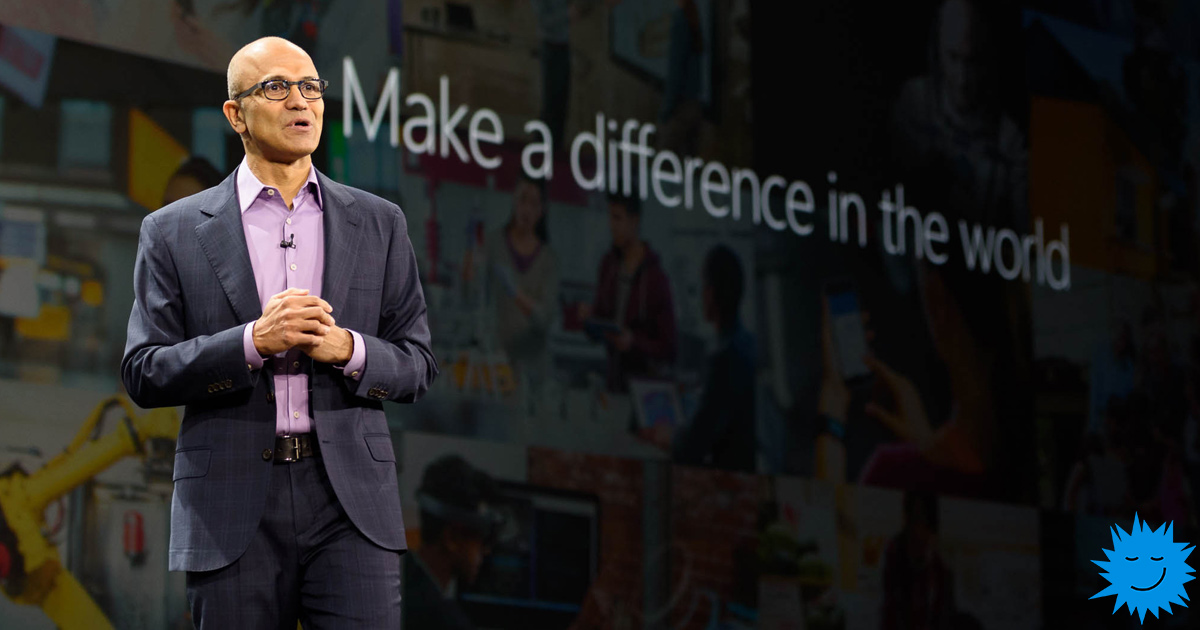
At this point, many old Linux fans are reaching out for their guns, but let's be objective: Microsoft has been giving less and less hate for the last decade. Yes, Windows 10 freaks out more and more with every patch. Yes, Microsoft has left a small but highly dedicated community of fans for their mobile platform to their own devices.
But at the same time, as a person closely observing new products and, in general, the company's news, I understand that the leadership of Satya Nadella will go down in Microsoft history as the era of dreamers and visionaries. And now I will try to explain why I came to such conclusions.
Age of Ballmer
I think it is unnecessary to suck on the history of Microsoft since the company was founded and discuss the Gates cases, but the era of Steve Ballmer's rule is worth taking a closer look at.
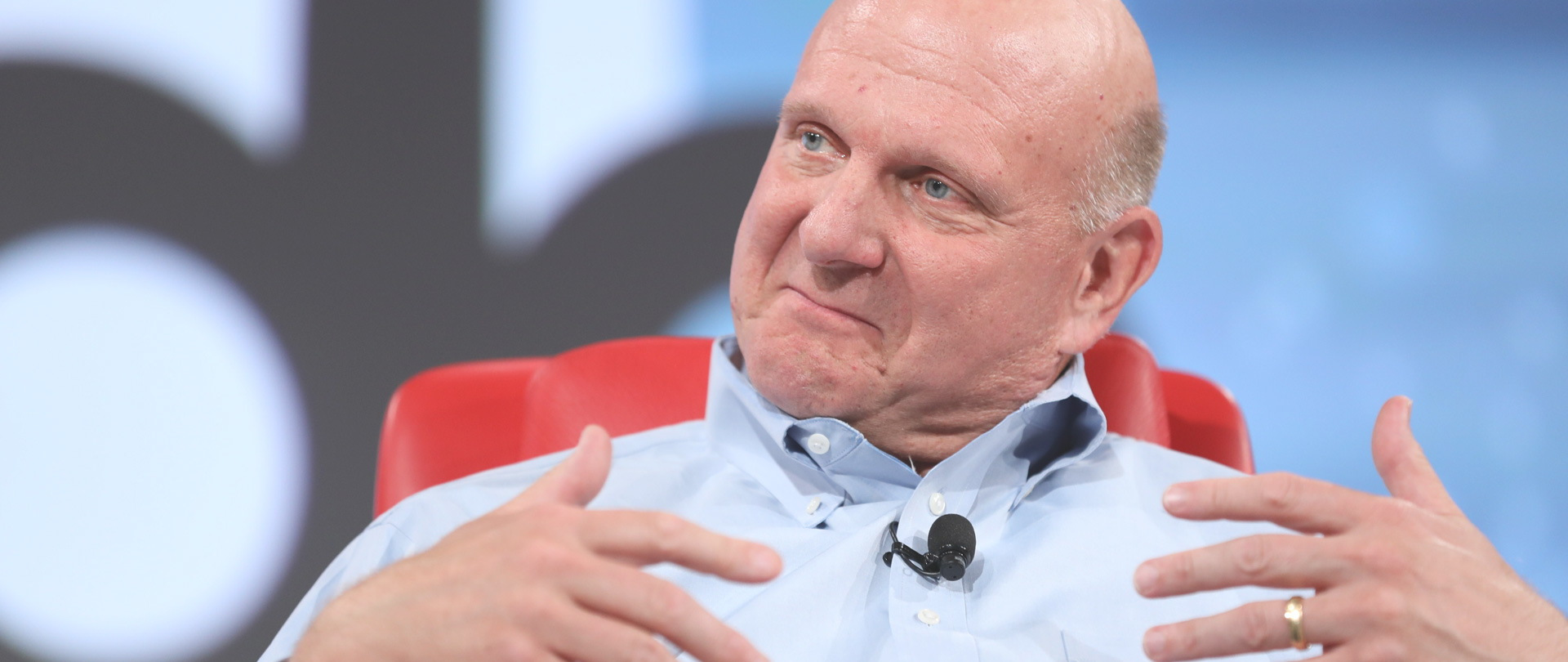
The period of Ballmer's leadership from 2000 to 2014 is worthy of mention at least for the fact that it was under his leadership that the company reached its "product" peak of strength and released two legendary systems at once - Windows XP and Windows 7. Under his leadership, the main work was carried out on creating Windows 10 - the OS that dominates the PC platform to this day.
But what is remarkable about the Ballmer era in the context of our text? First of all, the fact that Microsoft Ballmer, in my opinion, is as far as possible from Microsoft of the 2020 sample. The energetic, aggressive and charismatic Ballmer is almost the exact opposite of the current Microsoft CEO Satya Nadella. We all remember the legendary presentations with Ballmer and his shouts of “Developers! Developers! "
Steve took over the company at a strange time. Becoming CEO in January 2000, replacing the founder of the company Bill Gates in this position, Ballmer got the company on a horse: several months remained before the peak of the dot-com bubble, the company's shares rose in price, work was actively carried out on Windows XP, which entered sale in August 2001. It may seem to many that under Ballmer, Microsoft, with its aggressive, unyielding policy, achieved success and rose in price from year to year. However, if you look at the value of the company's securities during the period of Ballmer's leadership, then you can understand that Steve barely managed to keep Microsoft afloat after the crushing blow of the financial bubble on the giants of the industry in 2000-2001. Ballmer took over the company with a share price in the region of $ 47, and handed in the keys to the office at a cost of $ 41 per share. I.e,in fact, for 14 years he released something, but did not develop Microsoft's business as actively as it seemed from the outside.
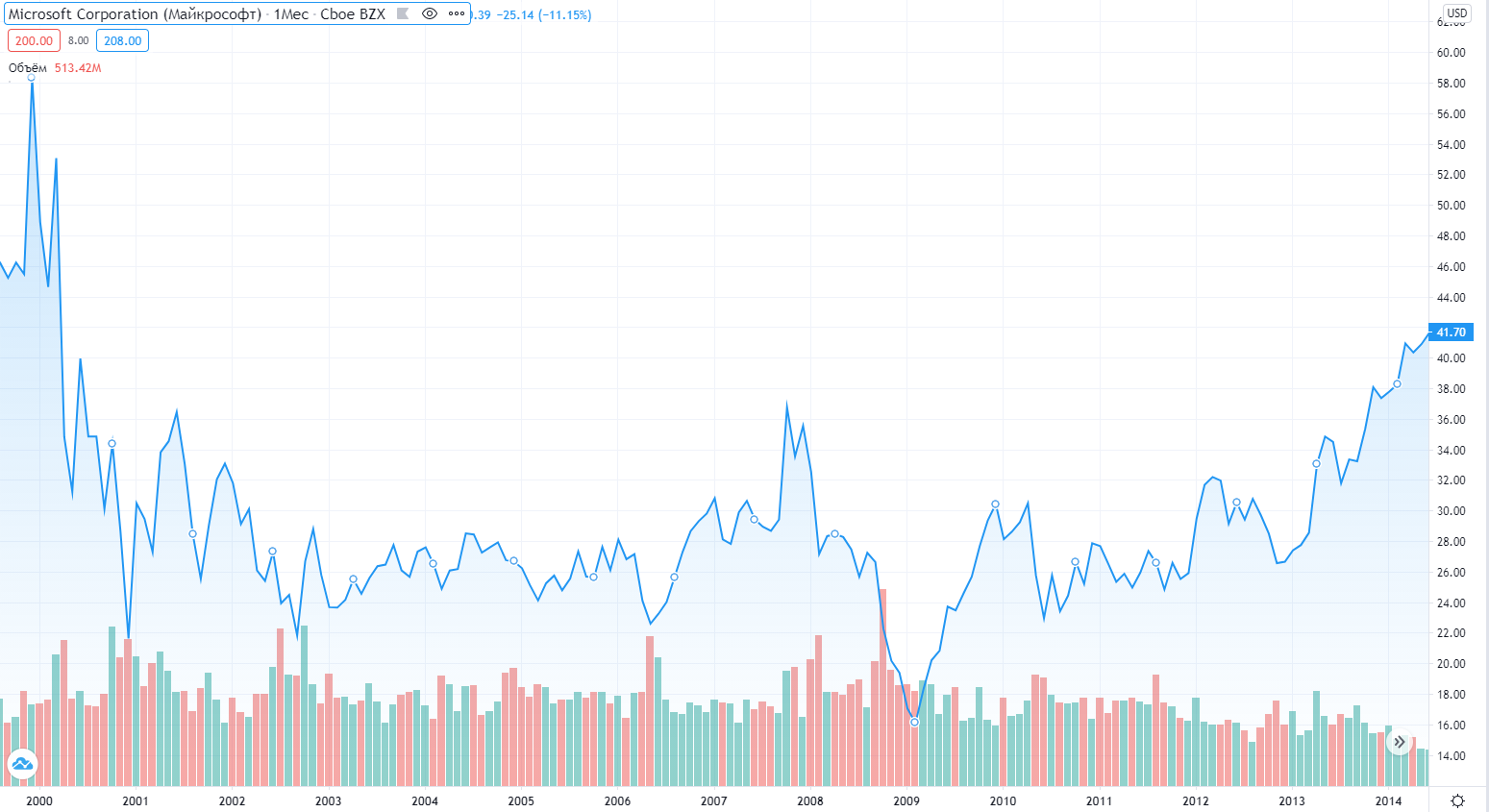
This is hard to believe, because it was the 2000s that were remembered by many as the era of total domination by Microsoft on all fronts: Windows XP, Windows Server 2003, Windows 7, Windows Server 2008. MS Office package is the de facto world standard of software for working with documentation, created by Microsoft Office 365 and web services deployment from the Office suite, and so on and on. Surprisingly, all this aggressive policy of capturing "the entire market and at once" did not bring Microsoft significant money, although it helped to stay afloat.
The beginning of the era of dreamers
Moreover, it was under the aggressive and "old-fashioned" Balmer that Microsoft began its transformation into a dreamer company. By the early tenths, the company realized that it was impossible to drive further on a lame mare called Windows: the world was changing, platforms were becoming smaller and more mobile, the share of PCs in everyday use was decreasing.
It is not known what it cost the company's management to convince themselves and the shareholders that they again need to meddle in the mobile market. If someone has forgotten, let me remind you: Microsoft were already pioneers in the field of tablet computers and were well ahead of their time. We are talking about a tablet computer forgotten by many with x86 architecture, full-fledged Windows XP control, stylus and control buttons on the frame, which the company presented in 2003 as an alternative to laptops and PCs.

Two famous shots. Bill Gates presents the Microsoft Tablet PC in 2003, a device he himself dreamed of for many years, and Steve Jobs, who finalized and perfected the idea of Gates' engineers, at the presentation of the first iPad in 2010.
Many will say that the first notable step for Microsoft's return to the mobile market after the tablet PC failure was a partnership with Nokia - in 2011 the Finnish company released the Nokia 800 smartphone running an early version of Windows Phone (the so-called Windows 7.5). Two years later, in 2013, Microsoft will fully buy out the Finnish mobile phone business, along with patents, for $ 5.44 billion in cash. But no!
In fact, the company has been working on a tablet form factor throughout the 2000s! Microsoft drew conclusions from the Tablet PC failure and began to develop its original idea of a working tool with a touchscreen. But the conclusions were made very specific and instead of the competitor of the first iPad, which we mentioned above, the engineers gave birth to the progenitor of the Surface line - Microsoft PixelSense .
Microsoft PixelSense is a touchscreen table that was first introduced in 2007 and runs on Windows Vista. The main purpose of the development is an interactive showcase or info kiosk for shopping centers, banks and museums.

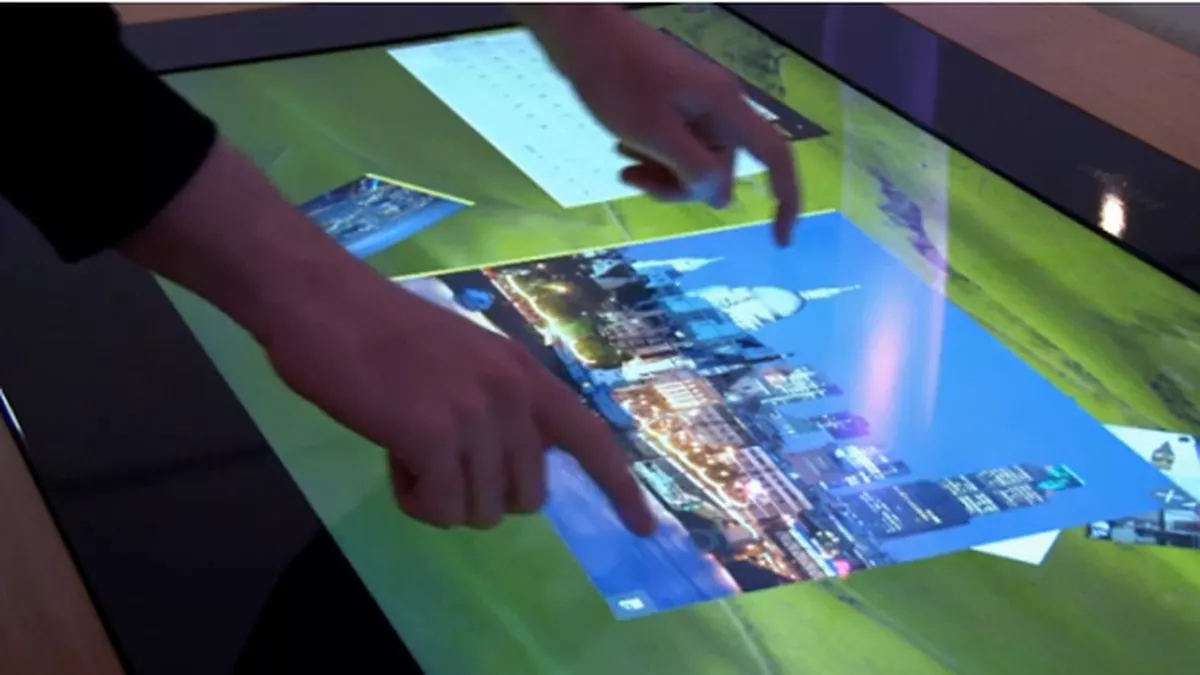
Both the Tablet PC in 2003 and PixelSense in 2007 looked as futuristic as possible. It is now impossible to surprise anyone with a huge touch panel - in any bank or store there are info kiosks with a similar input system. But 13 years ago, a desk-sized touchscreen display is a technology that even classic Star Trek didn't have! The control panels there were, nevertheless, push-button. Although the creators of the series predicted miniature mobile phones and tablets of the iPad format (by the way, I wouldn't be surprised if the Tablet PC was inspired by the same Star Trek).
Five years later, Microsoft returns to the consumer with a less revolutionary new product and in October 2012, the Surface hybrid tablet computer running the mobile version of Windows 8 - Windows RT.

Surface is the direct heir to PixelSense in terms of technology, as the company claims. But even here Microsoft engineers did not follow the fashion for the iPad and did not make a "pretty device for poking your finger." I wanted to do something useful, fantastic, something that would change the way millions of people think about the workflow. So again, a hybrid of a PC and a tablet turned out: a working unit detachable from the keyboard base, the ability to both touch and input using devices, Windows 8 on board.
Under Balmer, it was possible to release for the Surface generation running Windows 8.1. The base models have already been removed from support, but the devices of the Pro line of those generations are still receiving updates and have been supported by the company for seven and six and a half years, respectively.
So what did Ballmer leave behind when he stepped down as CEO in 2014?
Mostly a series of failures. Tablet PC is a failure. PixelSense is a failure. Both projects were ahead of their time and were too ambitious. The Tablet PC lacked the level of technology, PixelSence was too ambitious and futuristic. Nokia's business also hung like a stone around Microsoft's neck: on the one hand, they did an excellent job of creating a mobile platform, but failed to attract application developers to their ecosystem, which made it stillborn. The only relatively successful project that would have provided the company with a partial move away from Windows is the Surface project, but Ballmer no longer developed it.
In 2014, he was replaced by Satya Nadella, the current CEO of Microsoft.
The era of Satya Nadella and Microsoft's new course
Before you start looking at Microsoft's transformation by the current CEO, it's worth looking at the company's financials. If Ballmer just kept Microsoft afloat, then Nadella made shareholders richer at times. Taking over leadership at a stock price of around $ 41, the current CEO of Microsoft was able to increase this figure fivefold : now the shares of the technology giant are traded in the region of $ 200 per share.

What did Nadella do for Microsoft, and how did a stagnant company for a decade and a half suddenly become so attractive to investors? After all, Google, Amazon, Nvidia, Intel have been growing all this time - about a dozen giants have increased their capitalization and if their achievements were quite tangible, then what was Microsoft noted for?
The first thing to remember is how Nadella started doing business as soon as he became CEO. Ballmer was a product of the 90s - hegemonic Microsoft hegemon, he worked to establish the company as the undisputed leader and monopolist in any of the areas. Hence the craving for revolutionary solutions, the dead joint project of smartphones with Nokia, the futuristic PixelSense and the controversial Surface. By the way, Lenovo engineers took advantage of the latter's developments and created a much more attractive Yoga Book, practically repeating Apple's gestures in the case of the Tablet PC and the creation of the iPad.

Nadella, in fact, abandoned the tactics of total suppression and began to build Microsoft into the existing system of systems and services, realizing that the era of dot-coms and their dominance is gone, now you need to negotiate and exist.
It is likely that Ballmer was very right when he chanted "Developers!" from the stage. The new CEO took advantage of this and went to the incredible - he started supporting the Open Source community.
Many people remember this moment: Microsoft officially became a platinum partner of the Linux Foundation and started to support developers of Linux systems and all Open Source, began to upload the source code of a number of its projects on GitHub. I wrote the news about this four years ago: "Microsoft is Platinum in the Linux Foundation . " Frankly speaking, everyone was shocked, including quite well-known people in our latitudes from the development. The samebobuk unequivocally made it clear that he expected anything from life, but certainly not the support of the Linux community by their ideological enemy - the soft ones.
By the time Microsoft became one of the main partners of the Linux Foundation, the company became the owner of the largest Open Source repository on GitHub. And this is further evidence that Nadella has moved from a strategy of domination to a strategy of interacting with the outside world and third-party developers. Then, in 2016, I wrote that Microsoft has changed for the better and Satya Nadella is a progressive visionary who works not only for the good of the company, but also for the good of the entire industry, in contrast to the still closed Apple:
Microsoft GitHub , Open Source. .NET Core 1.0 , FreeBSD, . Microsoft RedHat, SUSE Open Source-. , , .
« », — , - Microsoft Cloud Enterprise Group. «Linux Foundation Linux, . Linux Foundation , ».
And this was only the first bell. If you take a closer look at the company's activities, you will notice that Windows 10 and subsequent OS versions have faded into the background for Microsoft. 5 years have passed since the release of the "dozen" (July 2015), and no new versions are expected. Windows 10 will be the latest OS from Microsoft, according to the company. Instead of global releases of new products - constant improvements and patches. Maybe we will someday live up to a licensed subscription for a couple of bucks a month instead of a lifetime license for a few hundred. For me personally, this form of monetization would be more pleasant and understandable.
But it’s not just about giving up new Windows. Microsoft has methodically sought out and supported many innovative projects. In 2014, immediately after Nadella's arrival, the company spent $ 2.5 billion on the purchase of the developer of the game Minecraft, studio Mojang, along with all patents. Few people will remember, but back in 2015, the Ethereum blockchain - the second most popular cryptocurrency after bitcoin - migrated to the Azure clouds and is still there.
And here is the GitHub purchaseeveryone remembers. Many feared it back then, because tech giants have a bad habit that was most evident in Google's policies: buy, destroy, close. Developers all over the world feared that Microsoft would start cutting some of its internal products from GitHub, tightly tied to the Windows platform, or it would close it altogether and all friendship with Open Source would end. However, the deal, which took place in the summer of 2018, went relatively smoothly for everyone. In any case, the prophecies that MS will tie everything up on Azure and OneDrive, remove all Open Source repositories, introduce a universal language based on VB and, in general, turn GitHub into the Bill Gates Gulag have not come true. Nope, she didn't.
And over the years there have only been more visionary projects. While Google, Apple, Amazon, and other tech giants are reporting annual increases in display clarity, sales and productivity gains of 3% over the previous generation, Microsoft is doing its own thing.
Yes, the company is regularly presenting new devices in the Surface line, but what else have you heard about the wide consumer segment? It seems like nothing like that, only a new incarnation of Windows Phone in the form of Windows 10X is coming - for Surface Neo tablets.
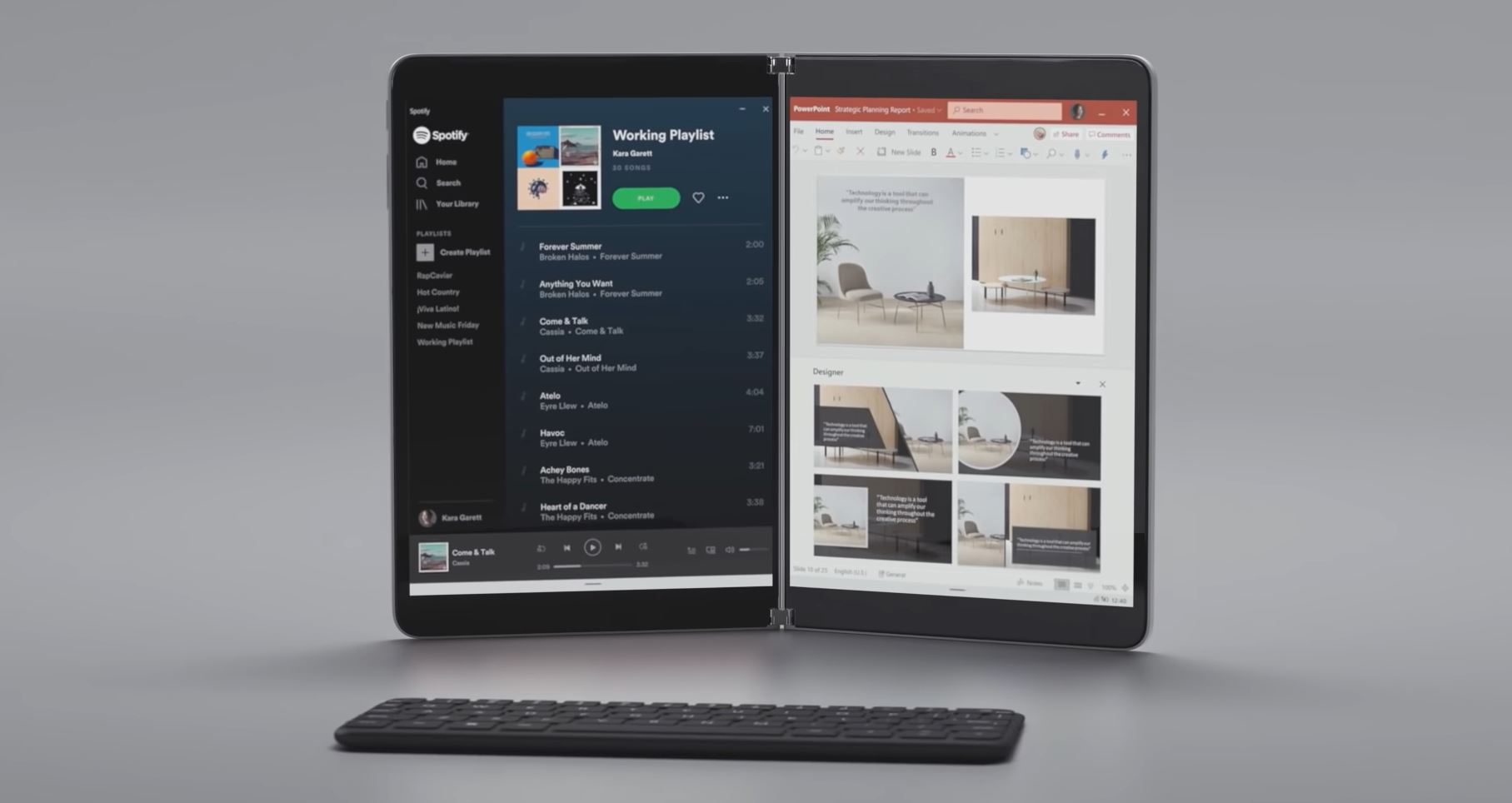
Surface Neo, a dual-screen notebook tablet. To manage two screens, company engineers have modernized Windows 10 and released a special version of Windows 10X
But the research work is being carried out on an extremely wide scale. In general, Microsoft's activities in the past few years have been an inexhaustible source of news feeds. In total, the research division of the company - Microsoft Research - conducts work in three main areas: "Artificial Intelligence", "Systems" and "Theory". There is also the fourth section "Rest", where projects are collected that did not fall into the previous three classes.
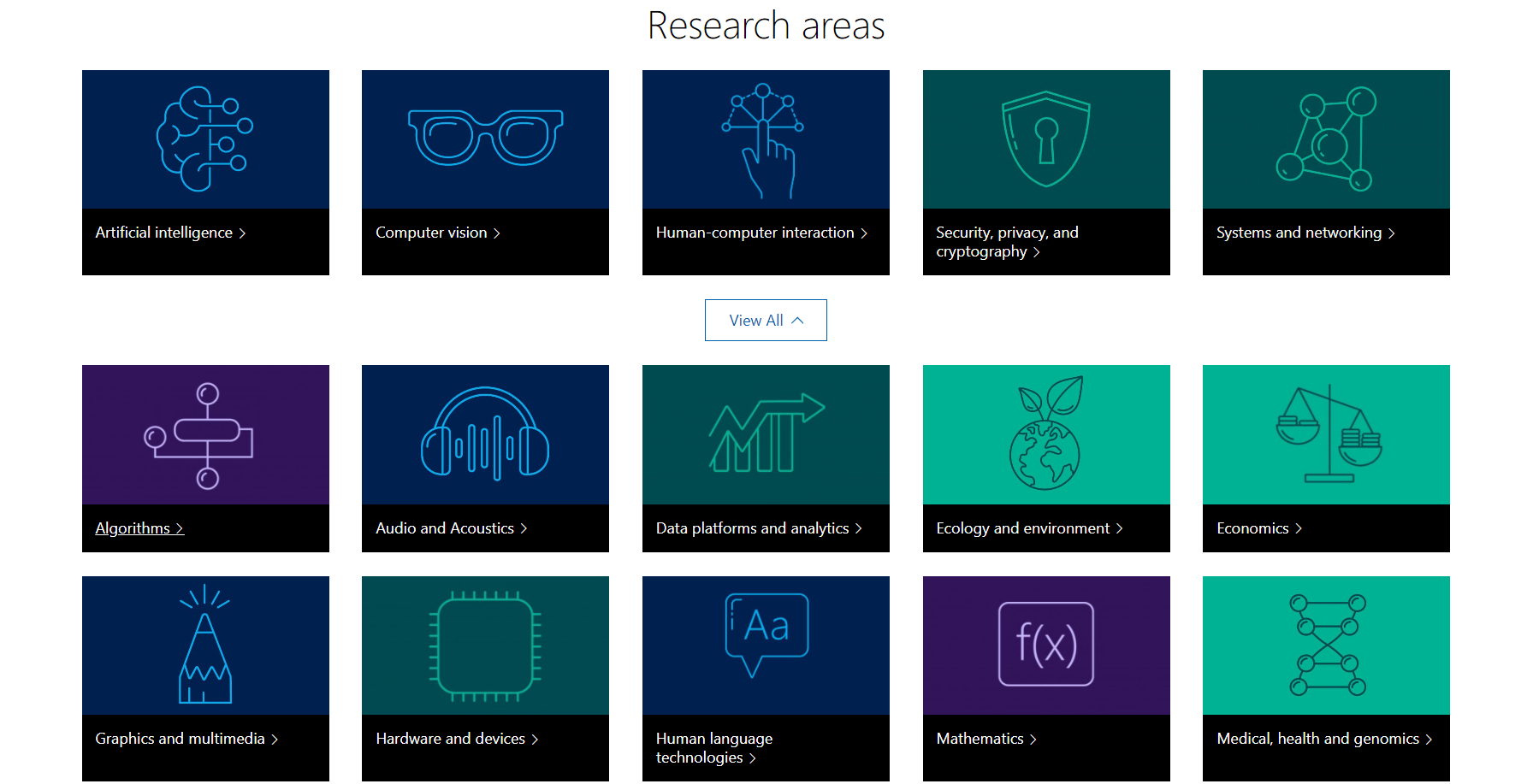
In these directions, research is being carried out in the most advanced and "futuristic" directions, to which the company's engineers have gravitated since the zero years. Computer vision, work with graphics and sound, machine language research, neural networks, quantum computers, privacy and cryptography, environmental projects, medicine, social sciences and research. A full list of everything Microsoft is actively working on now can be found on the website of the company's research division .
And I don't just praise Microsoft in general and Nadella in particular. Instead of battling Google in the browser and search engine market, or buying ARM to produce yet another type of CPU, Microsoft has successfully established itself in the B2B segment, squeezing money out of more mundane businesses around the world and investing it in the future. Mikey generally publicly nearly shot IE and EdgeHTML in one of their presentations, opting for the Chromium engine. Almost , because it had to be left in the Enterprise version as a built-in module to provide backward compatibility with ancient corporate systems built back in the 2000s. This is the legacy of the Ballmer era. I wrote about the wonders of Microsoft packaging in May 2019.
Holographic calls? There is such a project. Underwater data centers? Literally last week, they reported on the successful completion of the second phase of tests off the coast of Scotland, which, by the way, I also wrote about .
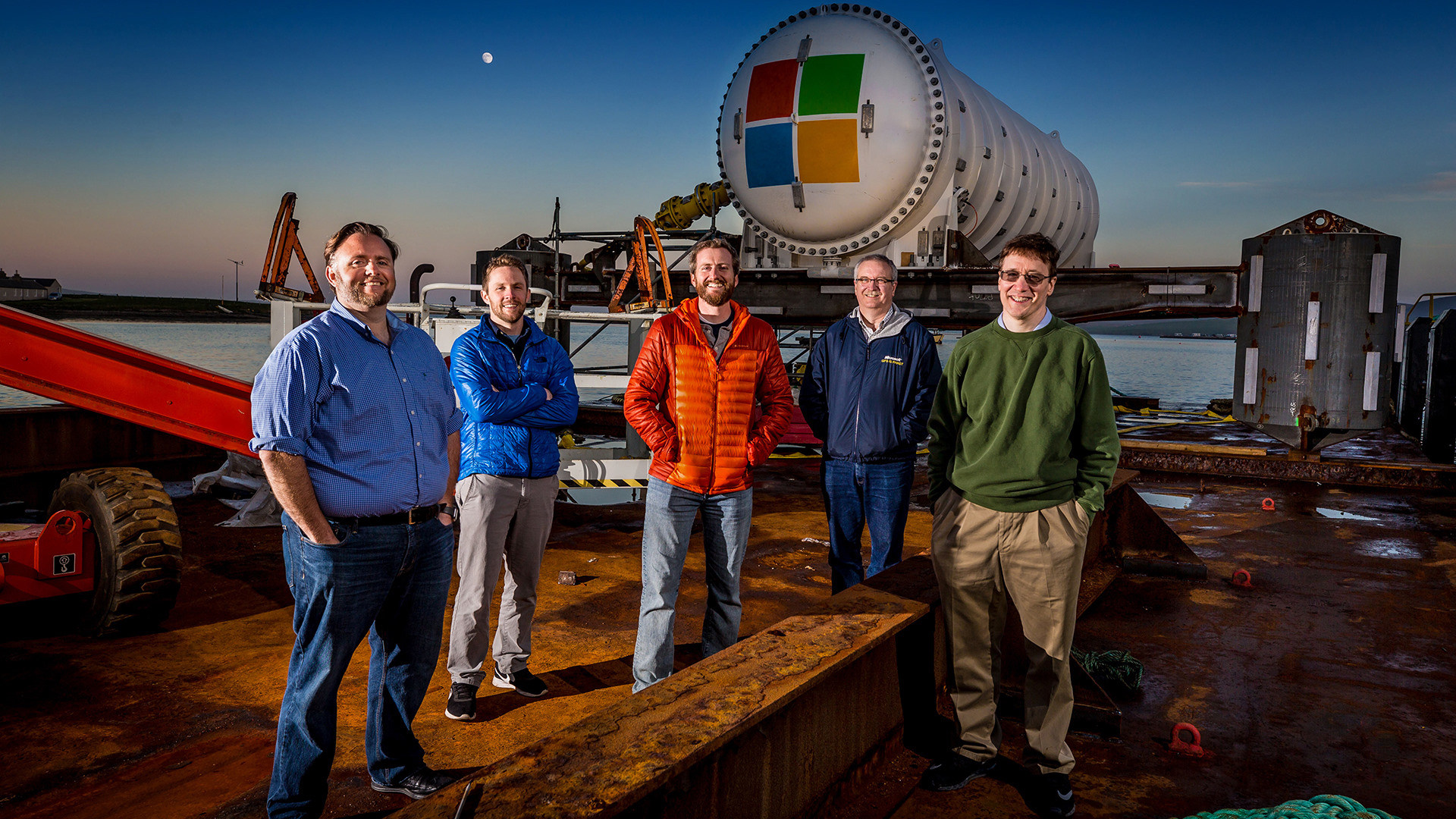
The same underwater data center before the dive and its main developers. By the way, the project manager is Bill Gates' cosplayer guy on the far right
Multiple optimization of resource consumption when teaching neural networks, object recognition, domain-specific language models for the analysis of scientific publications on medicine, the development of the mathematical apparatus of mankind - all these are ongoing projects of the company, which is still ten years old back just traded in a proprietary closed source OS.
Microsoft has long outgrown the pants of a "software company" and has become a mega-corporation that quietly and quietly makes the future a reality. And this is very cool, especially against the background of the next Apple presentation, where the main achievement is called braided straps for overpriced smartwatches.
Do I hate Microsoft, as I did 10-15 years ago? No, not at all. Not all decisions of the company can be made with a smile, but I am much more indignant now with Apple, Google, Intel or Amazon, but certainly not MS. And I would not be surprised if, in N years, when former competitors in the shop present the next 32K OLED ARMORED MEGA-SUPER DISPLAY, which is 12% brighter and 4% clearer than last year, Satya Nadella or his follower will present to the public technology to create a cure for cancer or HIV, or something else that will change the world forever.
Advertising
Vdsina offers Windows servers . We use exclusively branded equipment and some of the best data centers in Russia and the EU. Hurry up to check!
